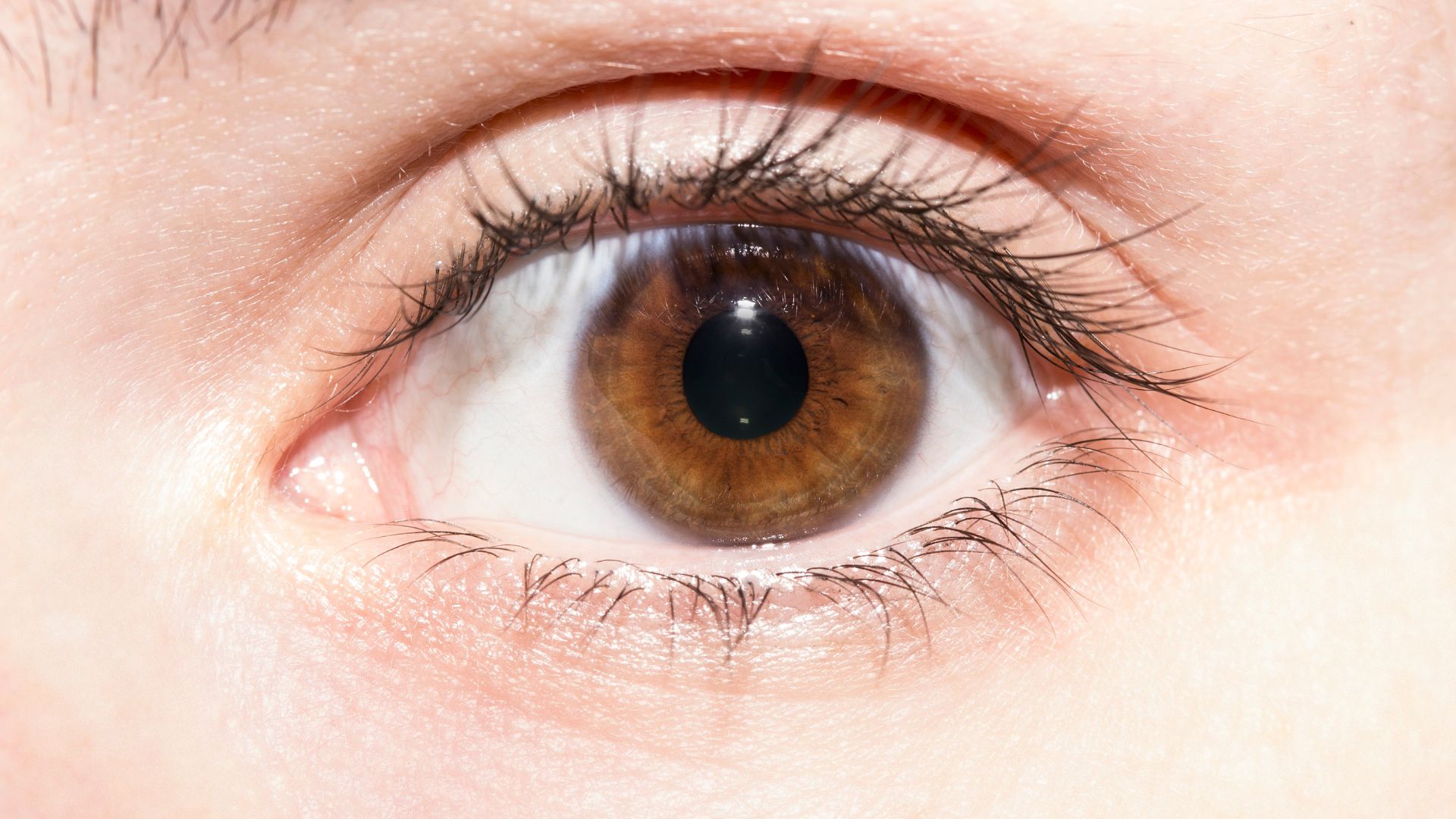Stress
Getting stressed about dropping pennies all day?

Have you noticed that effective focus and concentration bouts are harder? Do you feel challenging to pull together your work projects? Do you feel fatigued at the end of the day, but still have pending items? Do you have the sense you lost part of your day in … you don’t know what? And you ask yourself, where did my ability to focus go? Maybe, you are continuously dropping pennies throughout the day (and part of the night), leaving you empty-pocketed before you expected.
We tend to believe that focus is something we have, an ability we can pull out of the hat, on demand. But “focus” is not only something we have (which may be falling from your pockets), but in the words of Greg McKeown (Essentialism), it is also something we do.
So, how do we build a focused practice, and how did we lose the ability to focus? The explanation below may ring a bell, and potentially, help you change small habits that will allow you to increase your productivity, decrease your stress and maintain optimal health.
Focus on your eyes.
We are all born with an in-built focus mechanism: the visual system. Our eyes, as stated by Dr. Andrew Huberman, are part of the brain that made it out of the skull during the formation period (in the womb) (video here). This means, that our eyes are a direct portal to the brain. By using our vision, we can choose to focus on a small space with acuity and high resolution, dilating the pupils, blurring everything around it and capturing all detail with attention.
Since our eyes are connected to our brain, when our vision focuses on something close, this smaller visual cone activates alertness and stress-related chemicals in our brain, such as adrenaline. This reaction happens naturally and unconsciously, as a biological consequence of visual focus.
On the flip side, we can also use our eyes to see the big picture, everywhere and all around, and gaze at a larger area with little detail. While looking broadly into space, our eyes are relaxed, and no acuity is needed, hence our brain releases the “focus mode”, therefore opening the space for relaxation.
But both visions cannot be done at the same time: we need the latter to achieve the former. We can choose whether we want to “focus” our attention or “relax” our eyes and reset our minds. It is also true that we have limited capacity to be focused during a wake cycle (usually 16h). Based on experts, being able to have three 90-minute bouts of focused work in a day is considered a success and places you with the “focus ninjas” (I feel great when I get one bout a day).
So here is the question: How many hours of your day, since you open your eyes while in bed, to the minute you fall asleep, are you looking at a small or large screen, focusing on a narrow-cone vision or things that are close to you? (Forget about “screen time” on your device, try to do your mental math.)
Or think about how many hours of your day are you looking at the broader space, opening your gaze, releasing focus from your eyes and brain.
Get your eyes off your focus.
Now you know that the eyes are a portal to the brain. You are aware that the brain automatically releases stress chemicals and increases alertness when the eyes “focus”. You have also learned that your visual system cannot laser attention at something while seeing all around; it is either, or. At last, it is in your absolute control the capacity to relax your eyes by looking broadly at the large picture, engaging in panoramic vision, or looking at the horizon (preferably while walking and without a device), to conduce to a relaxed state in the brain.
Here is where you might be slowly dropping your pennies: Wake up to your phone. Turn the TV on. Cook breakfast and do lunch boxes. Tidy up. Bike on your peloton. Open the computer, work all day. Zoom meetings. Facetime. Emails. Read a document. Draft a paper. Scroll through social media. Send a text. Go grocery shopping. Look at labels. And so goes the list.
Regardless of the level of focus required, most of our daily tasks require a narrow cone of attention, a closer vision, and a small space to set our eyes in. What was once natural to the human experience (shift from narrow to open vision many times a day), has become a luxury, only practiced by those who have the knowledge or the need to reset and destress.
Mental focus follows visual focus.
Now you know that mental focus follows visual focus. Use this in-built focus system to strengthen your ability to mentally focus and reduce stress. Look and book intentional spaces within your day to change your visual system. Plan for a 90-minute bout of focused work at the time (consider the time you need to transition into focused work) and then go for a short walk outdoors, without a device, instead of “destressing” while watching funny dogs on social media. If driving to and from work, take that time to engage your panoramic vision, and push that phone call for later. If you commute, try to look out the window if possible, and open your computer once at your desk.
It is all about small changes that create great results. Behavioural practices in visual focus will help you create better depth and duration in your mental focus, cognitive abilities, and attention.
Keep your money in your pocket and stop dropping pennies along your day. Now, look away,
Rosana



